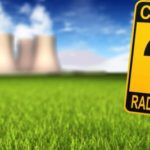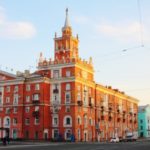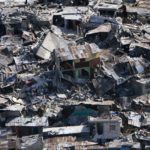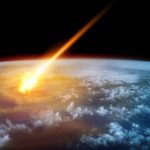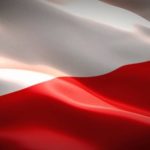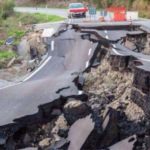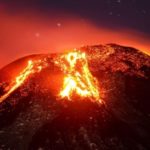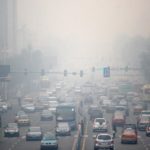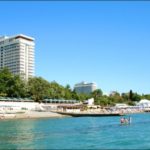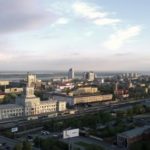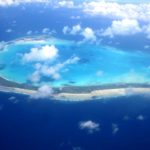Interesting facts about Chernobyl
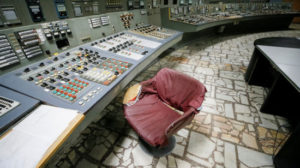 The terrible Chernobyl disaster is known all over the world. After the explosion of the nuclear power plant in Chernobyl, the life of the whole world changed irrevocably – people learned what danger the use of atomic energy can pose in itself even for peaceful purposes. And even now, after so many decades, some moments of the disaster remain unclear, and not the fact that we will ever know them.
The terrible Chernobyl disaster is known all over the world. After the explosion of the nuclear power plant in Chernobyl, the life of the whole world changed irrevocably – people learned what danger the use of atomic energy can pose in itself even for peaceful purposes. And even now, after so many decades, some moments of the disaster remain unclear, and not the fact that we will ever know them.
The city itself is 12 kilometers from the Chernobyl nuclear power plant.
Before the Chernobyl disaster, about 13 thousand people lived. The population is still there – about 1,500 people, most of whom work in the area of control over the exclusion zone.
The name of the city comes from the plant Chernobyl, referring to the wormwood.
The city of Chernobyl was founded over 800 years ago.
At the turn of the 19th and 20th centuries, about 70% of the city’s population were Jews.
Despite the monstrous consequences of the Chernobyl accident at a nuclear power plant, the three surviving units continued to work, and were completely stopped only after many years.
Not far from Pripyat is the Red Forest, the most radioactive in the world. It was demolished during the decontamination of the city, but has since begun to grow again. It received its name due to the fact that the foliage and needles of the trees have gone down after the accident.
Formally, neither Chernobyl nor the Primate were deprived of the status of cities after the disaster at the nuclear power plant and the subsequent evacuation of the population.
Officially, the city of Pripyat is now a huge open-air museum, but it is closed for self-attendance.
In 2017, a group of Poles launched the Ferris wheel in Pripyat, which stopped on the day of the accident.
As a result of the explosion of the Chernobyl nuclear power plant, the power of radioactive release was about 50 million curies, which is equivalent to the explosion of 500 atomic bombs, like those that were dropped on Japan. Modern atomic weapons, of course, are more powerful.
The fire that flared up after the accident at the 4th power unit of the NPP could not be extinguished for two weeks.
After the Chernobyl disaster, about 3% of all radioactive and dangerous elements from the damaged power unit were released into the atmosphere. The remaining 97% are still sheltered under a sarcophagus.
Since the old sarcophagus in Chernobyl was destroyed, in 2016 a new one was installed.
Since the accident was reported to residents of Chernobyl and Pripyat only half a day after it began, many people received large doses of radiation, which could have been avoided if they had evacuated faster. But then they simply did not know about the catastrophe.
Because of the accident in Chernobyl, about 50 thousand square kilometers of land were seriously contaminated by radiation, and three times the larger space was considered unfit for living.
Despite the fact that Chernobyl is located on the territory of modern Ukraine, about 70% of the emissions from nuclear power plants fell on Belarus.
A month after the Chernobyl disaster, about three hundred people returned to the exclusion zone, to their homes, where they remained to live. They did not force them out, but relatives could not visit them for the next 20 years.
On the first day after the accident, radiation sickness was found in 134 people. All of them were either liquidators or employees of the Chernobyl NPP.
In total, as a result of the Chernobyl disaster, about 8.5 million people were subjected to varying degrees of radiation exposure.
To eliminate the consequences of the Chernobyl accident, the Soviet authorities attracted about 600 thousand people.
The financial equivalent of the consequences of the accident at the Chernobyl nuclear power plant is about 235 billion dollars.
Due to the absence of people in the Chernobyl Exclusion Zone, many wild animals have bred. True, the fictional mutants are not here.
About 10% of all Chernobyl liquidators died very early. Radiation affects the body and causes a variety of dangerous diseases, including cancer.
The famous rock band Pink Floyd in 2014 shot a clip in the Chernobyl Exclusion Zone, in the city of Pripyat.
